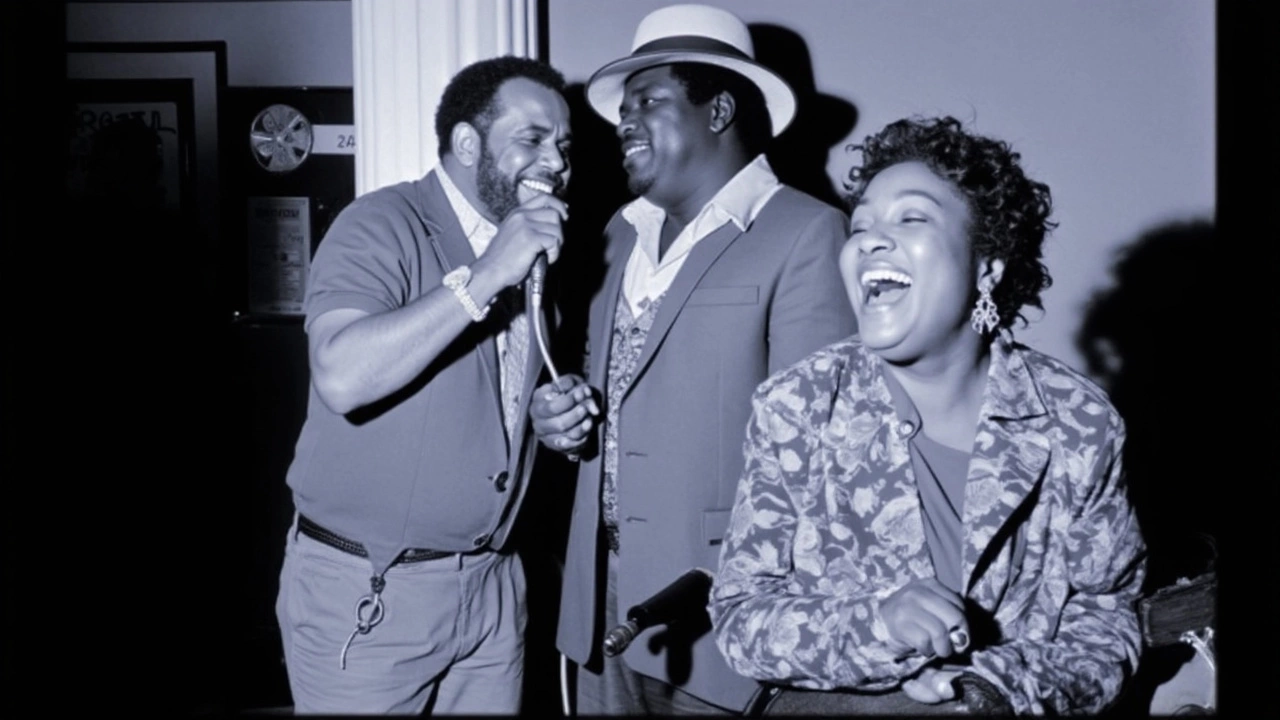blues music: the sound that shaped a culture
When working with blues music, a genre that grew out of African‑American work songs, spirituals, and field hollers in the Deep South during the late 1800s. Also known as the blues, it has become a foundation for many modern styles. blues music encompasses emotional storytelling, letting artists turn personal hardship into universal themes. To make that happen you need a few essential pieces: a distinctive guitar voice, a vocal style that feels honest, a simple but powerful chord framework, and live gatherings that keep the community buzzing. The classic 12‑bar blues chord progression, the three‑chord pattern that drives most blues songs provides the backbone, while the blues guitar, a playing style using string bending, slide, and pentatonic scales adds texture and tension. When a blues singer, a vocalist who delivers raw, emotive lyrics about love, loss, and resilience pours that feeling into the mic, the result is a song that feels both personal and timeless. This interplay of melody, lyric, and rhythm is why blues history influences modern rock, jazz, and even pop. Across the UK and beyond, blues festivals, live events that showcase multiple blues acts, from traditional to contemporary act as the living room where new talent meets seasoned legends, ensuring the genre stays fresh while honoring its roots.
Key elements of the blues sound
First, the guitar. Whether it’s a hollow‑body electric in a smoky club or an acoustic on a porch, blues guitar uses a mix of "call‑and‑response" phrasing and literal bends that mimic the human voice. This technique requires both skill and feeling; without it, the music loses its signature ache. Second, vocals. A blues singer often sings in a slightly behind‑the‑beat style, letting each line swell and fall like a tide. That vocal timing works hand‑in‑hand with the blues chord progression, which sets up tension in the first four bars, releases it in the next two, and resolves in the final two. Third, the lyrical content. Blues lyrics tend to follow a simple AAB pattern, where a line is repeated and then answered, making the storytelling direct and memorable. Finally, community venues. blues festivals provide the stage for both up‑and‑coming and legacy artists, turning the genre into a living conversation rather than a museum piece. Together these pieces mean that blues music requires expressive guitar techniques, honest vocal delivery, and a rhythmic framework that keeps listeners hooked.
Understanding these pillars helps you make sense of the articles below. You’ll see how current events—whether a controversial concert ban, a tech‑first restaurant launch, or a deep‑fake law—can intersect with the blues mindset of speaking truth to power. The stories we’ve gathered show the genre’s reach: from Dublin’s protest rap echoing blues’ social roots to UK legal moves protecting personal expression, a theme that runs through every beat. As you scroll, keep an eye on how each piece reflects the spirit of blues music—raw, resilient, and forever evolving. Happy reading, and let the rhythm guide you through the collection.
